Day 01 Arrive Delhi
Arrive Delhi. You will be met by our representative at the arrivals lounge and escorted till your check in at Hotel.
Delhi, the Empress of Indian cities has a fascinating history and a stimulating present. She has often been sacked and left naked and desolate. But she could not be despoiled of the incomparable situation that marks her for the metropolis of a Great Empire. The capital of India, Delhi has been the seat of power of a number of dynasties – the Rajputs, the Afghans, the Turks and the Mughals who continued their imperial line until the British. Scattered over are surviving ruins, remnants of mighty edifices, tombs of warriors and saints, which in an impressive sense of magnificence are memorials not of a single city but of supplanted nations.
Overnight at Hotel.
Day 02 In Delhi
Morning city tour of New Delhi the new capital designed by Sir Edward Lutyens. Drive past the Presidential Palace, the Rashtrapati Bhavan and the secretariat buildings – the centre of all government activity and down the main avenue, the impressive Rajpath to the World War I memorial arch, the India Gate, the High Court Building and the Old Fort. Visit Humayun’s Tomb built in 1565 AD by his grieving widow Haji Begum, the Qutub Minar, 72 metres high and the ruins of Quwat-ul-Eslam (Light of Islam) Mosque. See Delhi’s most curious antique, the uncorroded Iron Pillar, which dates back to the 4th century AD. Visit the Birla (Laxmi Narayan) Temple, with its many idols.
Afternoon visit old Delhi visiting the Red Fort (Closed on Monday) the 300-year-old walled city built by Emperor Shah Jehan in 1648 as his capital and named after him. The magnificent Red Fort built of red sandstone dates from the very peak of the Mughal power, Opposite the fort are the black and white onion dome and minarets of the Jama Masjid, the most elegant mosque in India. Drive past Kotla Firoze Shah, ruins of an old fort of the 14th century with the 13 metre high Ashoka Pillar of 3rd BC. Visit Raj Ghat, where Mahatma Gandhi was cremated in 1948. Drive through the old city subject to traffic restrictions.
Overnight at Hotel.
Day 03 Delhi/Jaipur (Approx. 265 Kms /5 Hrs Drive)
Morning after breakfast drive to Jaipur
Jaipur is where the enduring charisma of the past blends with the throbbing vitality of today. Where a colorful cast of characters – from printers and potters to artists and antique dealers – present a fascinating picture of a city that is alive to both tradition and change.
Raja Jai Singh, the founder of Jaipur was no ordinary man. He was a scholar and an astronomer, keenly sensitive to beauty, a formidable general, who tempered power with wisdom. In building Jaipur, Jai Singh’s vision took him beyond architectural beauty for in the sprawling, barren plains beneath Amber, the former capital, he gave India its first planned city, which has remained unique in two and a half centuries. Jai Singh made Jaipur a haven and it became a center of commerce and religion.
Today, Jaipur has spread far beyond the pink crenulated walls that once defined its boundaries. It presents a fascinating picture of a city where growth, evolution and change are sustained by tradition.
On arrival transfer and check in to hotel.
Overnight at Hotel.
Day 04 In Jaipur
The day begins with a visit to the Amber fort, the former seat of the Rajput rulers of Jaipur. Ascending the fortress seated on elephants, wander around the beautiful palaces and visit the Shiladevi temple (which continues to be the private temple of the Royal family) with its exquisite marble carvings and silver door.
Afternoon visit the open-air royal observatory “Jantar Mantar“, with gigantic, astronomical instruments, the City Palace and Museum stopping by the “Hawa Mahal“ or the Palace of Winds.
CITY PALACE – A delightful blend of Mughal and traditional Rajasthani architecture, the City Palace sprawls over one-seventh of the area in the walled city. It houses the Chandra Mahal, Shri Govind Dev Temple and the City PalaceMuseum.
JANTAR MANTAR – This is the largest and the best preserved of the five observatories built by Jai Singh II in different parts of the country. This observatory consisting of outsized astronomical instruments is still in use.
HAWA MAHAL – The ornamental facade of this “Palace of Winds” is a prominent landmark in Jaipur. It is a five-storey structure of sandstone plastered pink encrusted with fine trelliswork and elaborate balconies. The palace has 953 niches and windows. Built in 1799 by Pratap Singh, the Mahal was a royal grandstand for the palace women.
Rest of the day is at leisure with an opportunity to shop. Jaipur is a shopper’s delight offering a wide range of local handicrafts, vegetable dyed carpets with Persian designs, block printing with indigo and a variety of natural dyes, blue pottery, tie and dye fabrics and scarves. Jaipur is also famous for its gems and is a centre for the gem cutting industry.
Overnight at Hotel.
Day 05 Jaipur/Agra ( 250 Kms / 4 – 5 Hrs Drive)
Morning after breakfast drive to Agra en route visiting Fatehpur Sikri.
The abandoned red sandstone city built in the 16th century by the Mughal Emperor Akbar, one of India’s greatest rulers. Remarkably broadminded for his time, this Muslim king married a Rajput princess in order to win over his Hindu subjects. The architecture at Fatehpur Sikri is a combination of Hindu and Muslim styles, expressing Akbar’s vision of synthesizing the cultures..
Continue to Agra.
Afternoon visit Taj Mahal (Closed on Friday) & Agra fort.
With its incredible lacy white grandeur the Taj Mahal is perhaps the most perfect architectural monument in the world. To the poet Tagore it was a `tear on the face of eternity’. In memory of his wife the great Mughal emperor Shah Jehan constructed this most extravagant and incomparable monument built for love. Amazingly graceful from any angle, it is the close up detail, which is really astounding.
Later visit Agra Fort.
Agra Fort is situated on the banks of the river Yamuna, another monumental mission accomplished by the great Mughal visionary Emperor Akbar. His son Jehangir and grandson Shah Jehan added to this imposing structure during their rule. The palaces, mosques and audience halls contained within its massive wall of red sandstone are perfect examples of blending Islamic and Hindu traditions.
Overnight at Hotel.
Day 06 Agra/Jhansi/Khajuraho
Morning in time transfer to railway station to board train Shatabdi Express to Jhansi leaving Agra at 0800 hours and arriving Jhansi at 1040 hours hours.
You will be met by our representative at the railways station & proceed to Khajuraho enroute visit Orcha
Orcha’s grandeur has been captured in stone. Frozen in time a rich legacy of the ages. The palaces and temples built by its Bundela rulers in the 16th & 17th centuaries retain much of their pristine prefection. Founded oin the 16th century, Orcha boasts of the exquisite Jehangir Mahal a tiered palace crowned by graceful chattatris, In Raj Mahal and Laxmi Narayan Temple, vibrant murals brings the walls and ceiling alive.
After visit continue drive to Khajuraho.
The temples of Khajuraho are India’s unique gift to the world, representing a paean to life, love and joy: perfect in execuation and sublime in expression. Life in every form and mood, has been captured in stone, testifying to the craftsman’s artistry and the extraordinary breath of the vision of Chandela Rajputs. The Khajuraho temples were built in short span of a hundred years from 950 – 1050 AD, in a truly inspired burst of creativity. Of the 85 original temples, 22 still survive constituting one of the world’s greatest wonders
Upon arrival check in at Hotel.
Overnight at Hotel.
Day 07 Khajuraho – Varanasi
Morning city tour visiting the world famous Khajuraho temples built by Chandela kings between 250 AD and 1050 AD. The most important are the Chaunset Yogini Temple dedicated to Godess Kali, the Mahadev Temple, Chitragupta or Bharatji Temple with a lovely image of 11 headed Vishnu, Vishwanath and Nandi Temples, Lakshmana Temple, Visha Temple dedicated to Shiva, which is the largest and most typical of temples.
Afternoon transfer to airport to connect flight for Varanasi.
Varanasi is probably the place in India that has the most profound impact on visitors. Formerly known as Benares, it sits on a bend of the Ganges, and its spiritual significance comes from its status as a “crossing place”, where Gods and Goddesses can descend to earth. It has been a pilgrimage site since the sixth century BC; Hindus try to visit at least once in their lifetime to pray and bathe in the holy river. The Old City, a maze of tiny alleys, has several temples, including the Golden Temple – which is only accessible to Hindus – and many cows, which have traffic priority.
Meet & greet by our representative at the airport who will later escort you to your hotel, where you stay for 02 nights.
Evening witness a Hindu prayer ceremony `aarthi’ on the Ganges River! You will be escorted to Dhaswashmedh Ghat on bi-cycle rickshaw from where you will embark on a boat to witness the aarti for approximately 20- 30 minutes. En-route, drive past through the local bazaars. The river banks `ghats’ and temples are lit with oil-lamp and candles which create a magical effect. Devotees float the oil lamps in the water as an offering to the holy river.
Overnight at Hotel.
Day 08 In Varanasi
Early morning, enjoy a boat cruise on River Ganges. The ghats – hundreds of stone steps flanking the riverbank – are an incredible sight, particularly at sunrise when thousands of pilgrims bathe in the spiritually cleansing waters. Funeral pyres smoke on the riverbank, which is lined with colorful temples. The boat ride is one of the best ways witness the ceremonies.
Also referred to as “city of temples and learning”, the culture of Varanasi is deeply associated with the river Ganges and the river’s religious importance. The city has been a cultural and religious center in northern India for thousands of years. Walk through the narrow streets and alleys of Varanasi. Wandering through this maze will be fascinating; a great opportunity for photos.
After the boat ride, return to hotel for breakfast.
Post breakfast visit the famous Banaras Hindu University. One of the oldest educational centres of India, this university was was founded by Pandit Madan Mohan Malviya in 1917 for the study of Sanskrit, Indian art, culture and music. The university campus extends over five square kms and contains the Bharat Kala Bhavan.
Afternoon visit Sarnath. It is one of the important Buddhist centres where Lord Buddha had preached his first sermon and set in motion the Wheel of Law (Maha-Dharmachakra-Pravartan). Several Buddhist structures were raised at Sarnath between 3rd century BC and 11th century AD. Most of the ancient buildings and structures at Sarnath were damaged or destroyed by the Turks. However, amongst the ruins The Dhamek Stupa is the most distinguished one. It was built in 500 AD to replace an earlier structure commissioned by the great Mauryan king Ashoka in 249 B.C.E., along with several other monuments, to commemorate his pilgrimage there. Also visit the museum which houses a collection of valuable ancient scriptures & artifacts related to Buddhism (Sarnath museum is closed on Friday).
Overnight at Hotel.
Day 09 Varanasi – Delhi (Flight) & fly Home
Morning free.
Afternoon transfer to airport to connect flight for Delhi. Upon arrival transfer to international terminal to connect flight for onward destination

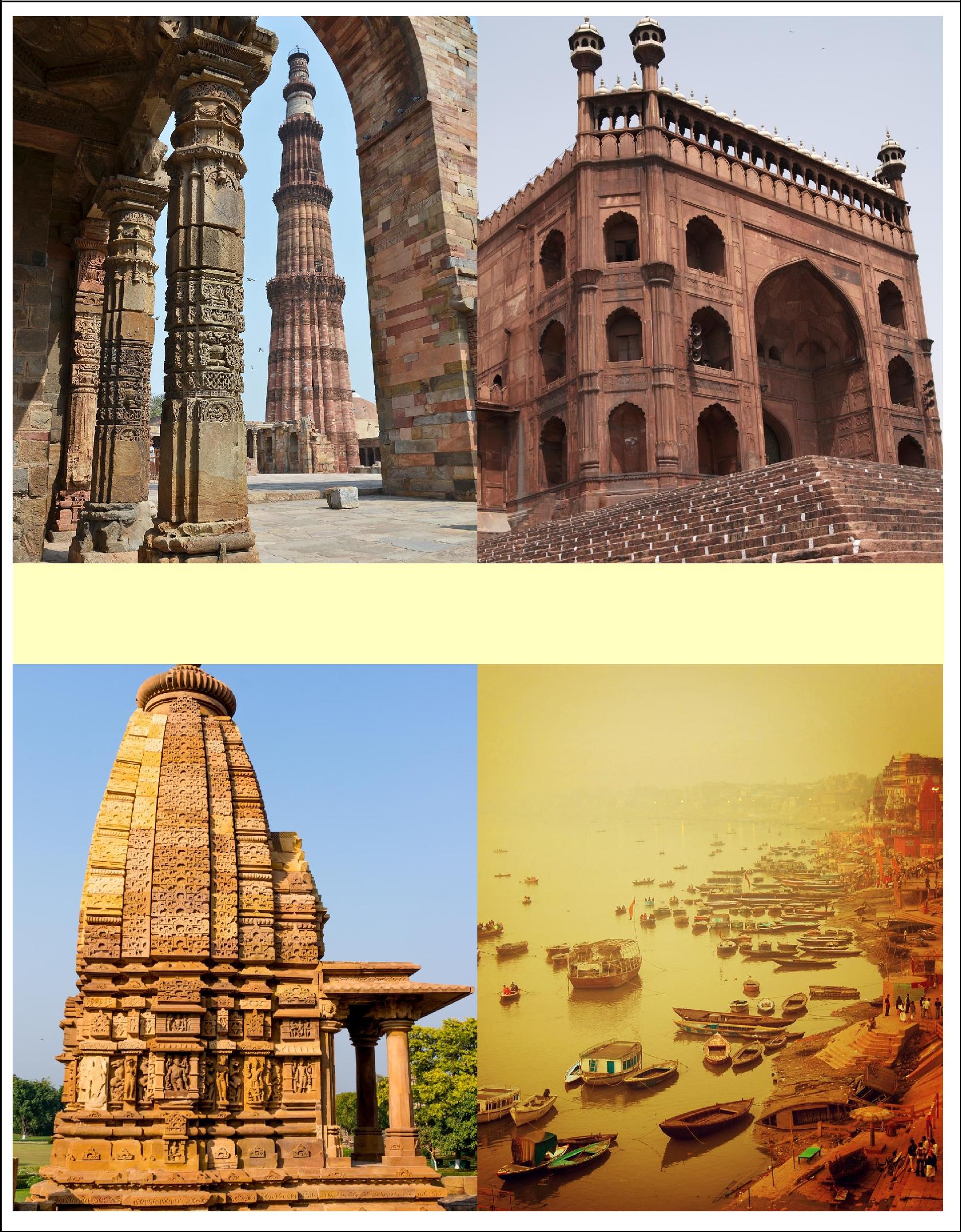
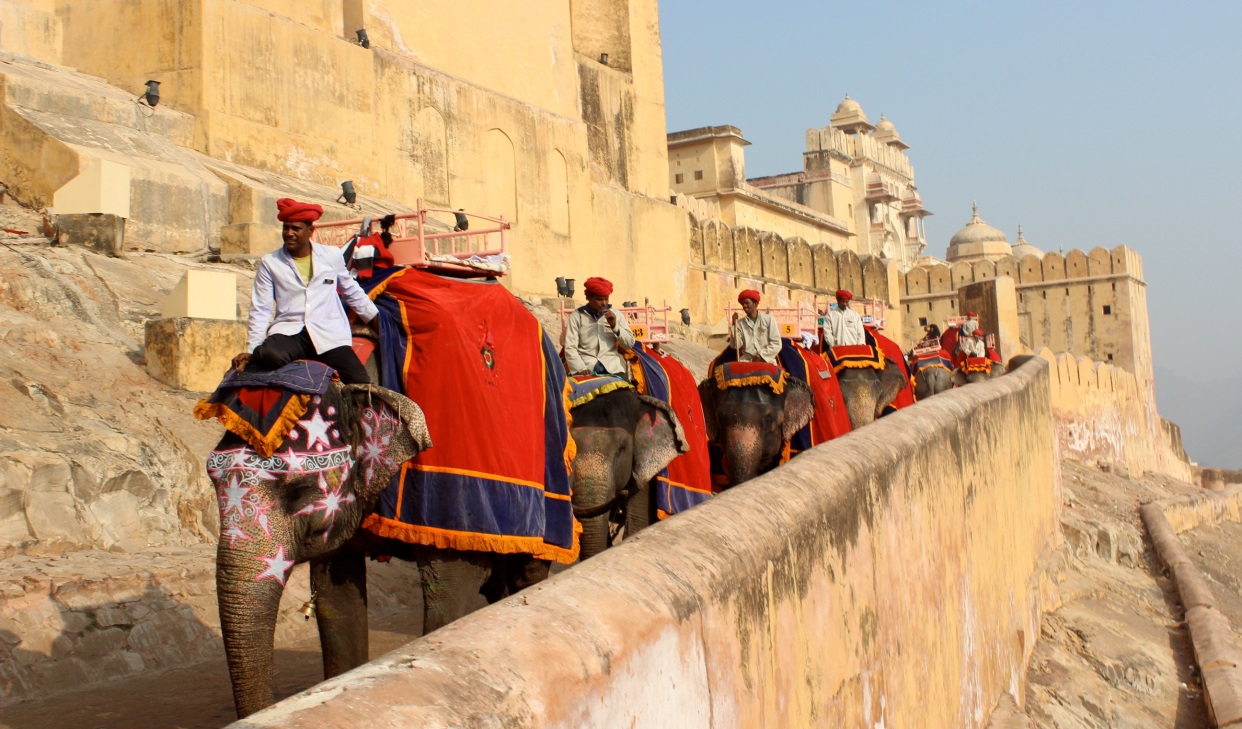
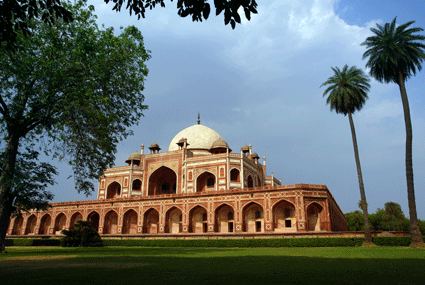
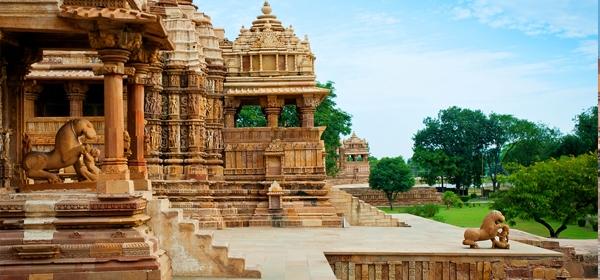
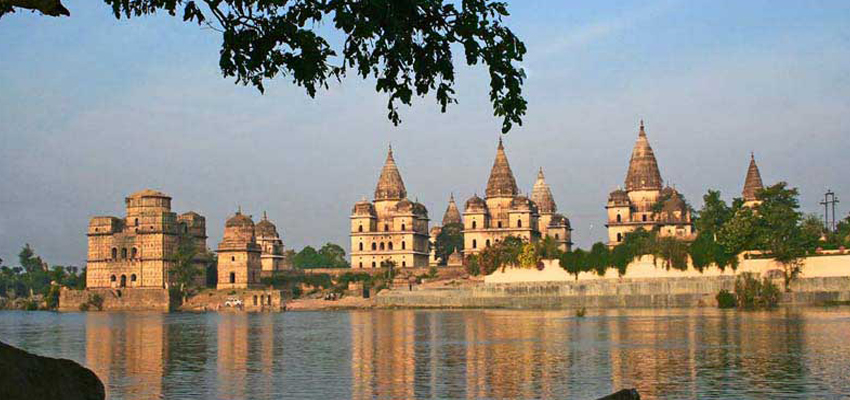
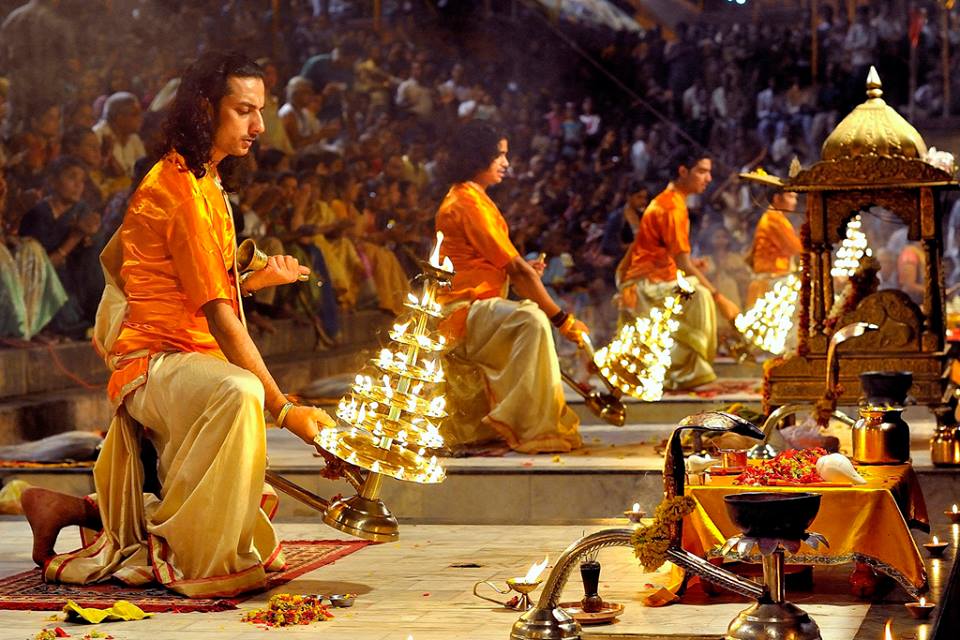


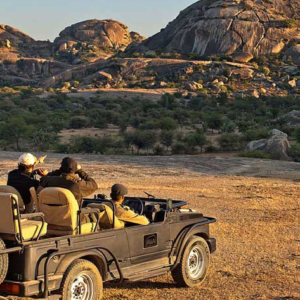
Reviews
There are no reviews yet.